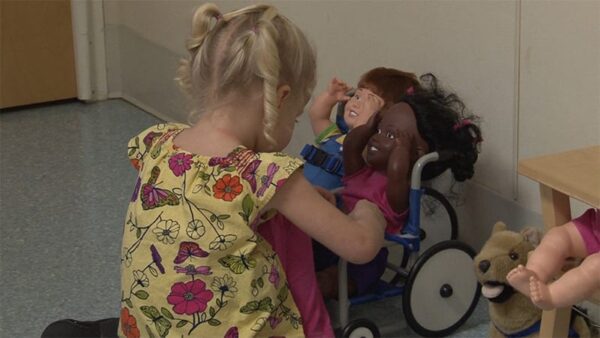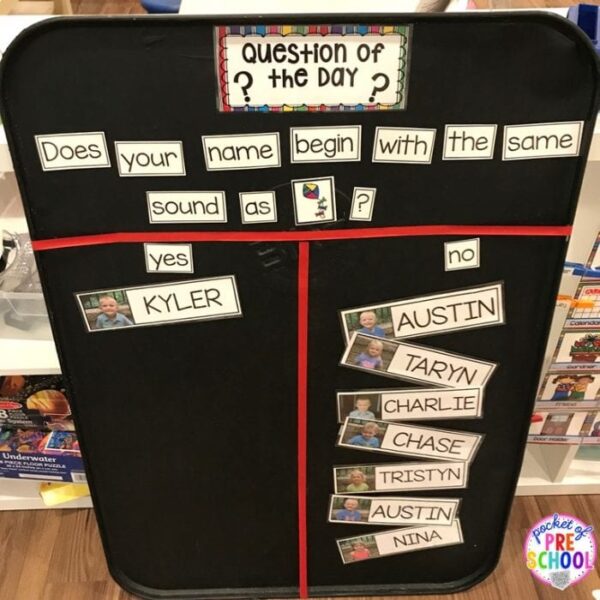by Crystal Williams, Ed.M.
This time of year it can be easy to focus on our own cultural practices surrounding the winter holidays. However, in order to create an inclusive classroom in which all children and families feel represented and accepted, early childhood professionals should take care to avoid certain practices. Here we discuss those practices to be avoided and explore strategies for creating an inclusive environment.
Practices to Avoid:
- Holiday-Specific Art ProjectsInstead of doing prescribed holiday art projects such as pilgrim coloring pages or making Christmas tree ornaments, invite children to express themselves independently using a variety of colors and materials. Encourage children to talk about their project and what it means to them. Teachers implementing a project approach can focus on seasons or aspects of a season such as leaves or pumpkins instead of focusing on holidays themselves.
- Holiday-Specific Classroom Decorations
Decorations related to the season rather than specific holidays are unlikely to exclude or fail to recognize a family’s culture. Snowflakes, snow, coats, and gloves can all be used to decorate the classroom in place of holiday-specific materials.
- A ‘Tourist’ Approach to the Holidays
Teachers may think asking families to share their culture supports inclusion. Instead, it may result in a sense of ‘tokenism’ and promote a ‘tourist’ approach to diversity, both of which should always be avoided. Invite all families to share something specific such as their favorite meal to eat together or their favorite family tradition during the winter season.
Strategies to Implement:
- Build Relationships with All Children and Families
- Send home a get to know you survey, such as this one from the National Center for Pyramid Model Innovations (NCPMI). It is also available in Spanish and Turkish.
- Talk to families and children individually on a regular basis
- Plan family engagement days/nights using some of the principles the National Association for the Education of Young Children (NAEYC) recommends.
- Represent All Children and Families
- Culturally diverse materials should be evident in early childhood classrooms.
- Books, posters, family pictures, dolls, dress-up clothes, and pretend food should represent a wide variety of cultures.
- The Virtual Lab School provides a free asynchronous learning module on the learning environment and classroom materials.

- Celebrate Similarities and Differences
- Create a “Question of the Day” chart.
- Introduce the chart using yes or no/preference questions such as:
- Do you have a pet?
- Do you like snow?
- Do you prefer gloves or mittens?
- Introduce the chart using yes or no/preference questions such as:
- Use open-ended questions on a chart.
- Record children’s answers on a visual chart to visually represent their commonalities and differences. Questions may include:
- What is your favorite food?
- What do you like to do with your family?
- What’s your favorite family celebration or holiday?
- Record children’s answers on a visual chart to visually represent their commonalities and differences. Questions may include:
For a deeper dive on this topic, visit NAEYC’s blog “Anti-Bias Education and Holidays: Making Thoughtful Decisions.”
Images from Virtual Lab School, Pocket of Preschool, and Teach Preschool














